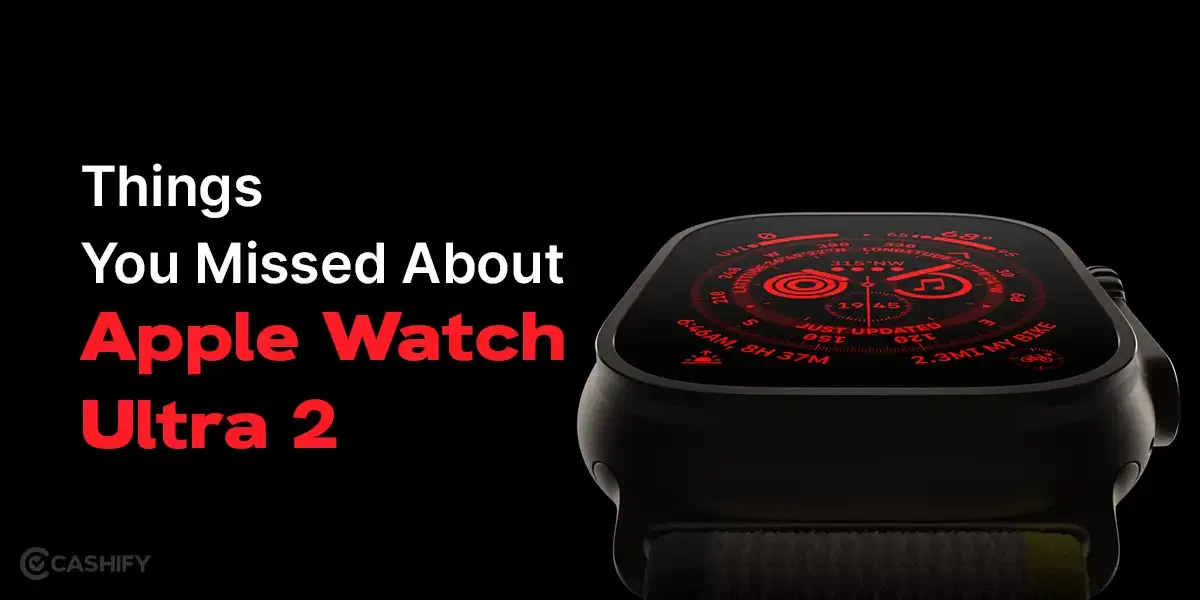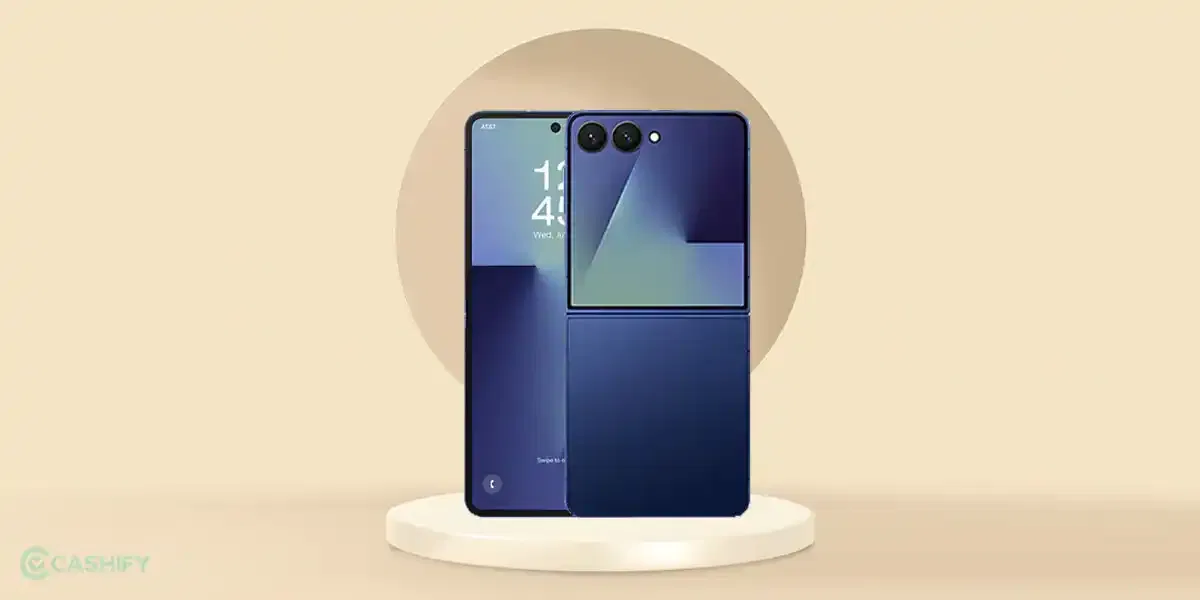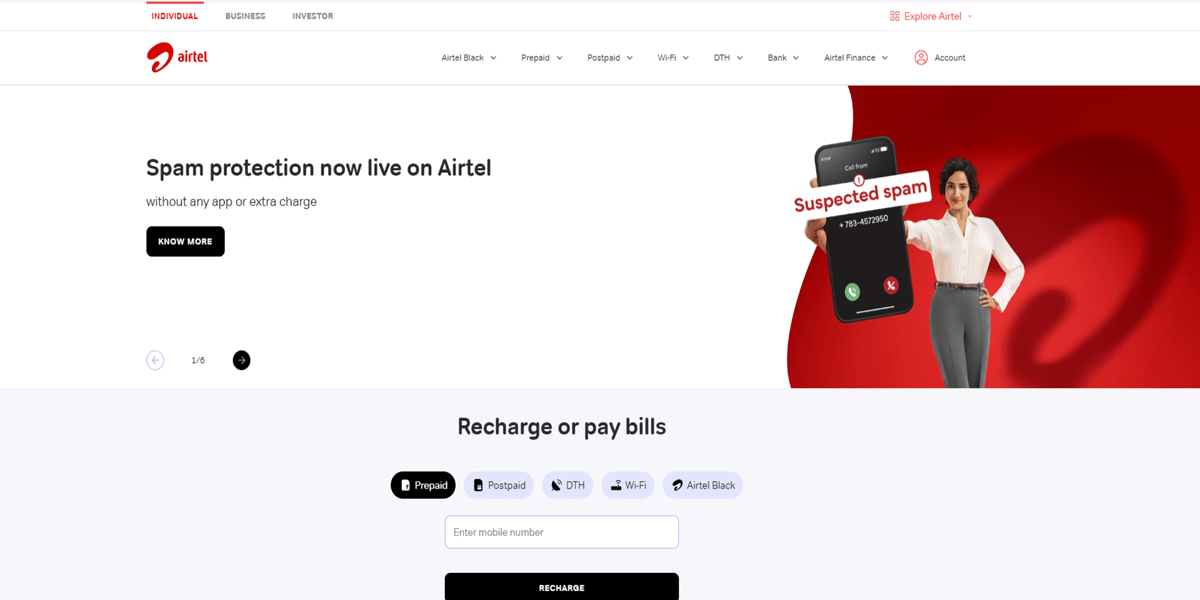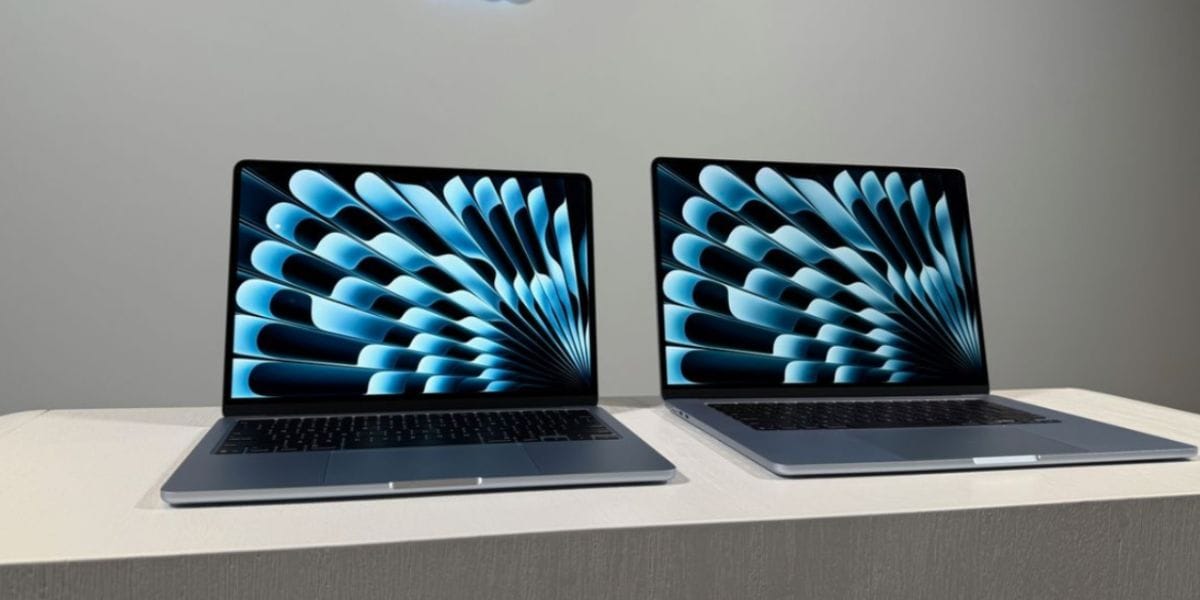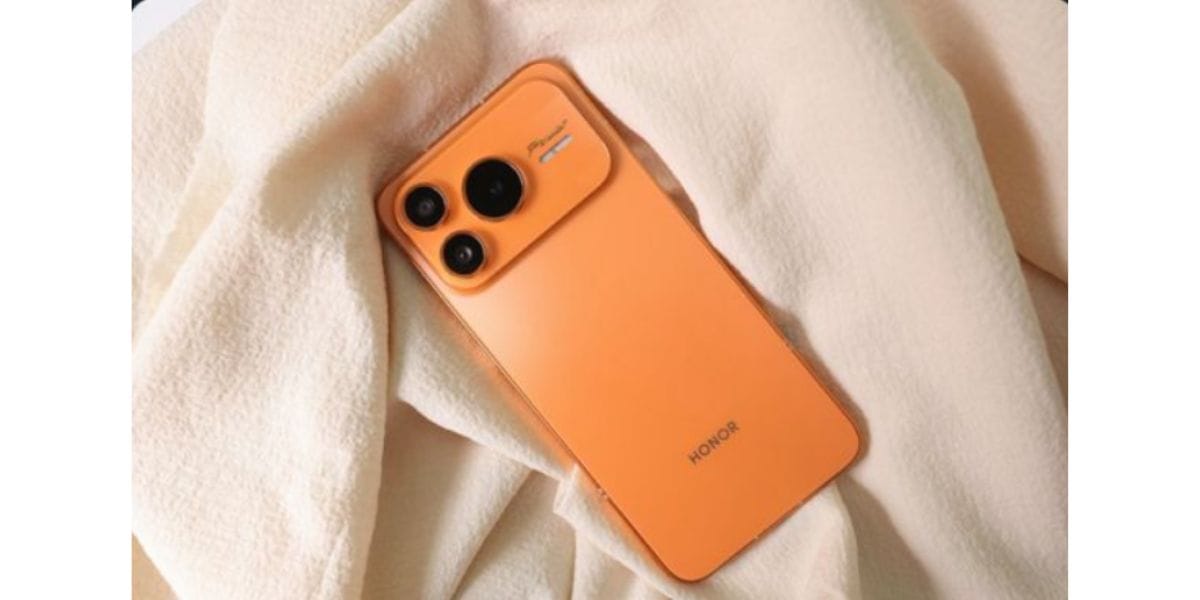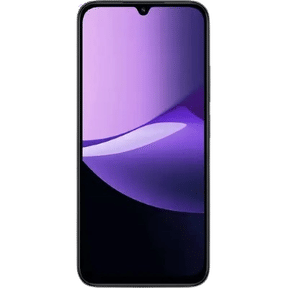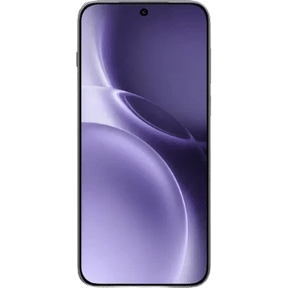Apple has released iOS 16.6 along with iPadOS 16.6, macOS Ventura 13.5, and watchOS 9.6. The primary drive behind this big roll-out is actually essential security patches. If you’re an iPhone user, you should update your iPhone right away, if not already. Let’s dive deeper into the details and find out why.
iOS 16.6 Update Fixes Critical Bugs
The iOS 16.6 update tackles a whopping 25 security gaps, with a couple already causing ripples in the form of real-world cyber attacks. Delving deeper, iOS 16.6 sews up 11 vulnerabilities in the iPhone’s Kernel – essentially its central nervous system. Moreover, Apple’s Safari browser relies on WebKit, which had eight hiccups that this update sets straight.
Though Apple plays its cards close to the chest, giving only snippets about the specific issues addressed in iOS 16.6, the tech giant does emphasise its significance mentioning that users should jump on this update right away as it’s full of crucial bug fixes and security fixes.
Which Devices are set to receive iOS 16.6 Update?
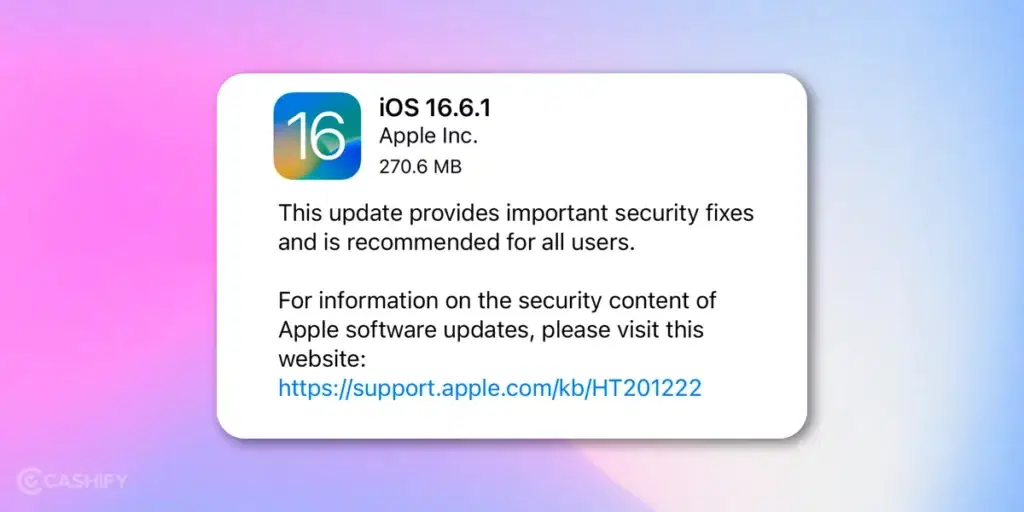
iOS 16.6 graces all devices compatible with iOS 16, if you own an iPhone 8, iPhone X or later, you’re in the club. For those still holding onto older gadgets, the latest safety net is iOS 15.7.8.
Fun fact, this update is hot on the heels of iOS 16.5.1 (c) – Apple’s quick fix, issued twice in rapid succession due to a pesky bug in its first release.
Apple’s security patch strategy to take bugs under control
While Apple often deploys these quick security patches, it generally waits for beefier updates like iOS 16.6 to unload a bigger batch of fixes. If you’re ahead of the curve and already sport the 16.5.1 (c) update, you’ve got the previously exploited WebKit bug (CVE- 2023-37450) under control.
But let’s talk about another biggie – the Kernel bug, tagged as CVE-2023-38606. Already a target for attackers, this flaw allowed apps to meddle with critical Kernel data. Apple admitted to reports of this loophole being exploited in earlier iOS versions, up to iOS 15.7.1. This sneaky malware worms its way onto iPhones, with no user action required.
Some of the bug fixes included in iOS 16.6 are for issues that have been causing problems for users, such as:
- An issue with Apple’s Neural Engine could cause the iPhone to crash.
- Problems with Find My that could allow people to be tracked without their consent.
- A kernel vulnerability that could allow an attacker to take control of an iPhone.
- A WebKit vulnerability that could allow an attacker to inject malicious code into websites.
Given that these flaws aren’t limited to iPhones and affect a range of Apple devices, it’s clear why the company went for a broad update release.
How serious are the iOS 16.6 fixes?
To put it bluntly, they’re a big deal. These vulnerabilities could potentially let cyber baddies use spyware to hijack iPhones. If you’re a professional, government official or an activist you might be on the radar.
Sean Wright describes the issues sealed in iOS 16.6 as “alarmingly serious.” He points out that the compromised WebKit can team up with the Kernel flaw to potentially wrest control of your iPhone.
Wright adds, “Kernel vulnerabilities are a big red flag. It’s the iPhone’s core. It’s packed with security safeguards. If someone bypasses those, it’s a game-changer. Merge that with other vulnerabilities, and boom! An attacker could fully dominate the victim’s device.”
What’s up with iOS 16.6.1?
As we await the final public release of the iOS 17 update, Apple has now unleashed the iOS 16.6.1 update to cater the zero-day security fixes. If you’re on iPhone 7 or earlier models, iOS 15.7.9 has got your back to combat the threats patched in iOS 16.6.1. (Same goes for iPadOS 15.7.9)
iOS 16.6.1 addresses two critical vulnerabilities on iPhones, both of which have already been exploited in real-world scenarios to deploy spyware onto devices without requiring any user interaction.
The 1st one, identified as CVE-2023-41064, pertains to a weakness within ImageIO. This vulnerability could potentially permit a malicious actor to execute code by utilising a specially crafted image.
The 2nd security concern, CVE-2023-41061, is associated with Apple’s Wallet application. In this case, an attacker could exploit this flaw by manipulating a maliciously crafted attachment to execute unauthorised code. It’s worth noting that Apple has received reports indicating that this issue might have already been exploited in the wild.
Can I check if my iPhone is compromised?
Spyware is like a sneaky ninja on your iPhone. Most people don’t even know it’s there, but sometimes your phone might act a tad slower than usual. Getting rid of spyware can be a bit of a puzzle, but you wish it was as simple as restarting your iPhone, right? Sometimes if the vulnerabilities are small enough they can be easily pampered by a simple restart of the device. And surprisingly, not many people do this on a regular basis!
Also, if you want to keep spyware from creeping in the first place, Apple’s Lockdown Mode is a good bet. But here’s the scoop: it makes your phone almost useless. So, only go for it if you think someone’s got their sights set on you. The best bet is to keep your iPhone updated to the latest iOS update.
Jump on the iOS 16.6 update bandwagon ASAP
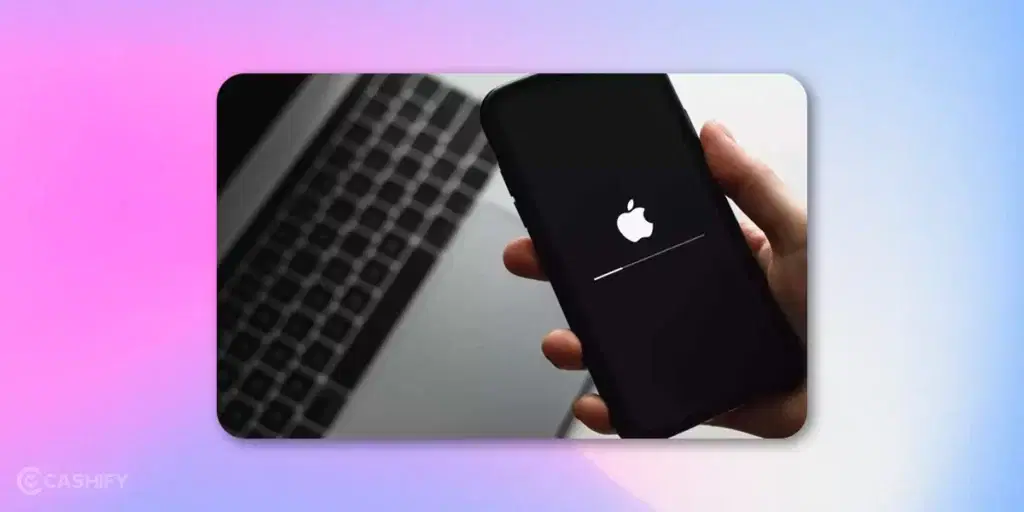
Considering how important these issues are, it’s a no-brainer: update to iOS 16.6.1 pronto. Even if you don’t think you’re a bullseye for hackers, the more they know about these problems, the easier it is for them to mess with iPhone folks.
Remember, just because you’ve toggled on Automatic Updates doesn’t mean iOS 16.6 will hit your iPhone instantly. It’s wise to check and apply the update manually.
Head over to Settings > General > Software Update, get that iOS 16.6 on board and give your iPhone the security shield it deserves. If you’re experimenting with the latest beta versions, remember to unenroll your device to spot this update.
Should you be worried?
If there’s one thing that should always be on your tech radar, it’s security updates. They’re the armour shielding your device from cyber-attacks, especially from the dreaded Zero-Day breaches.
Given the initial user feedback, this update seems rock solid. So, prioritise your device’s safety and make the move to iOS 16.6. If you have updated your device to iOS 16.6, there is no need to be worried, and you can be rested, knowing that you’ve already taken preventive measures to enhance your device’s security.
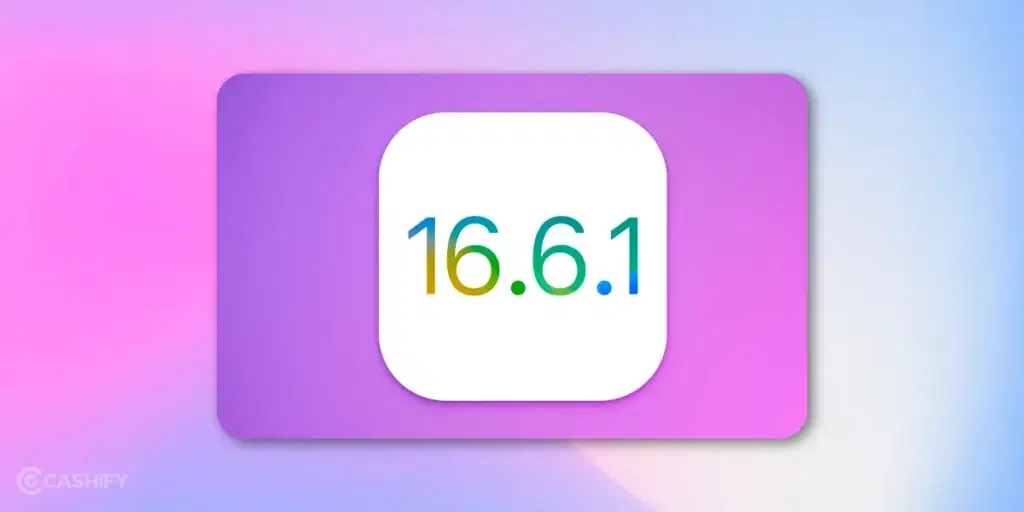
What To Expect And Launch of iOS 17
This iOS 16.6.1 should be the last update before the iOS 17 update starts rolling out a week after Apple’s Wonderlust iPhone 15 launch event. The iOS 17 Beta has been out for a few months now and we know most of the features in Beta will make their way to official iOS 17.
Some of the noticeable features of iOS 17 include Contact posters, Standby screen, Family shared passwords, Live Voicemail, Linked Notes, improved dictation and more. The official release of iOS 17 might house some extra set of features but overall iOS 17 is a fresh new offering with loads of new features.
The iPhone 15 series will come preloaded with iOS 17 and the official update will rollout a week after iPhone 15 launch. The compatible devices include the latest iPhone 14 series and go all the way back to the iPhone X.





